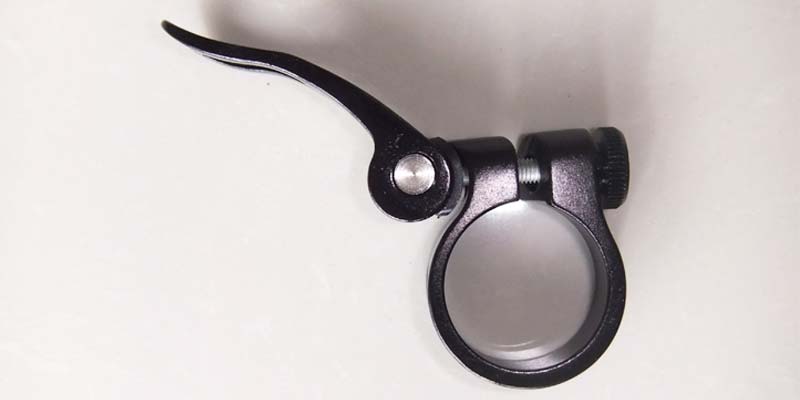- Contact Innally, Let you purchase forgings in China more favorable prices, products more assured!
- Hotline:+(86)15038323776 Email:innally@innally.com
Bicycle forging in the production of common problems and solutions
- Category: Bicycle forgings, Titanium alloy forging
- |
- Date: 08/10/2023
During the production of bicycle forgings, there are many problems to be solved. By optimizing process parameters, mastering forging skills, optimizing die design and adopting other effective methods, the production efficiency and overall quality of bicycle forgings can be significantly improved. In actual production, corresponding measures should be taken according to the specific situation, and effective quality control should be carried out to ensure that the production of bicycle forgings meet the requirements.
Product Details
As an important part of bicycle, the quality control in the production process of bicycle forgings directly affects the overall quality and performance of bicycles. This paper will introduce the common problems and solutions of bicycle forgings in production.
Problem description
In the production process of bicycle forgings, the following problems often occur:
Forging size error: due to improper control of process parameters or unreasonable mold design, resulting in forging size beyond the allowable range.
Poor surface quality: During the production process, the surface of the forging may produce cracks, folds, burrs and other defects, affecting the appearance and performance.
Uneven internal organization: Due to improper heating temperature control, unreasonable rolling pressure and other factors, resulting in uneven internal organization of forging, which affects its mechanical properties.

solution
To solve the above problems, the following solutions can be adopted:
Process parameter optimization
The heating temperature is one of the important factors affecting the quality of forging. Proper adjustment of the heating temperature can improve the plasticity and deformation resistance of the metal, which is conducive to improving the quality of the forging. At the same time, controlling the rolling pressure can also effectively control the size and internal organization of the forging. In the production process, the heating temperature and rolling pressure should be reasonably adjusted according to the actual situation.
Forging skill
Controlling the metal filling speed and mastering the correct piercing direction can effectively improve the quality and performance of forging. In the production process, the filling speed and piercing direction should be reasonably selected according to the specific structure and design requirements of the forging.
Mold design
The forming quality and efficiency of forgings can be improved by optimizing the die structure. For example, reasonable design of punch and die structure can reduce the possibility of folding, cracking and other defects. In addition, improving the hardness and accuracy of the die material can also effectively improve the quality and life of the forging.
Other methods
The use of high purity raw materials can reduce the content of impurities in metals and improve the mechanical properties of forgings. At the same time, controlling the cooling speed can also effectively improve the internal organization of the forging. For example, by using a slow cooling method, the grain of the metal can be refined and its mechanical properties can be improved.
During the production of bicycle forgings, there are many problems to be solved. By optimizing process parameters, mastering forging skills, optimizing die design and adopting other effective methods, the production efficiency and overall quality of bicycle forgings can be significantly improved. In actual production, corresponding measures should be taken according to the specific situation, and effective quality control should be carried out to ensure that the production of bicycle forgings meet the requirements.
nannan
INNALLY mainly provides you with various types of cast and forged parts products. Welcome your inquiries! innally@innally.com
Related Products
Search
Forging center
- Steel forgings
- Aluminium alloy forging
- Titanium alloy forging
- Stainless steel forging
- Copper forging
- Automotive forgings
- Locomotive forging
- Bicycle forgings
- Motorcycle forging
- Rigging and fasteners
- Bearing forging
- Electric power fittings
- Marine forging
- Mechanical forgings for metalworking
- Mining machinery forgings
- Marine engineering forgings
- Construction machinery forgings
Popular product

© 2025. All Rights Reserved.






